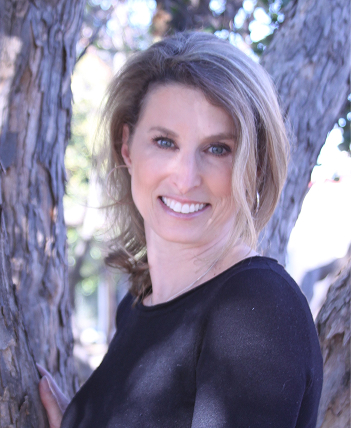 Medicine is a science and is ever evolving.
Medicine is a science and is ever evolving.
ALCL was first brought to our attention in 2011, but at the time was ridiculously rare (only 24 cases ever reported in the world). It didn’t really come to the forefront again for years. Over time, we started to see it more and more, though still very rare. In 2018 they were citing risk of ALCL as 1:30,000. They now cite it as 1:3,200. That is still an incredibly rare number, but it is something we need to be aware of.
So if you have a TEXTURED implant, particularly made by Allergan or Sientra (they have higher rates of ALCL according to one 10 year study), and you get spontaneous swelling of one side around 8-10 years out, YOU NEED TO GET EVALUATED.
Turns out, they are finding that early treatment is the key to making ALCL super treatable.
So if you have it, what do you do?
First, you need to know what stage you are.
Nearly all BIA-ALCL patients have low-stage disease, either stage 1E (83 to 96 %) or stage IIE (3.6 to 18.8%).
- As with all cancers, the earlier you find it and the more contained it is, the better your prognosis.
- This runs the range of
- Effusion only (only fluid) which is seen in 35-65% and has a great prognosis, with treatment being removal of the capsule and implant.
- Local spread to capsule
- Local spread to lymph nodes
- Spread to beyond.
- There is a worse prognosis if there is a mass (seen in 13% of cases) or extracapsular extension (seen in 25% of cases). It is unclear if this is due to a more aggressive kind of tumor or if the cancer was not fully eradicated during the original treatment.
- It seems this starts as an indolent tumor (meaning it is slow and easy going), and then gradually progresses. As such, early detection and treatment are truly key. Given the low numbers, we are still learning a great deal about this cancer.
- If discovered later, the prognosis is worse.
Surgery
- Is total capsulectomy with removal of the implant.
- Removing any masses or lymph nodes found.
- This should be done after a fine needle aspiration of the fluid confirming that ALCL is present.
- One study found incidental ALCL in the opposite breast in 4.6% of patients.
Chemo
- This is needed in the 2-18% of cases which have lymph node involvement or further extension of the tumor.
- The systemic ALCL chemo regimen (cyclophosphamide, vincristine, doxorubicin, and prednisone) is usually the first line of treatment.
- There have been good results seen with brentuximab vedotin as a first-line agent. Brentuximab vedotin is a toxin-antibody conjugate to CD30.
Radiation
Seems to be only considered for unresectable disease.
Follow up
Every 3-6 months until 2 years out. This is usually done with PET or CT scans. 16 deaths have been reported in total worldwide.
Coverage by Allergan warranty or insurance companies may apply. See Allergan’s warranty HERE.
For medical professionals/insurance coding:
ICD-10 diagnosis codes
- C84.79 Anaplastic large cell lymphoma, anaplastic lymphoma kinase– negative, extranodal, solid organ sites
- N63 Unspecified lump in breast; nodule, mass, or swelling of the breast
- C50.011–C50.929 Malignant neoplasm of breast
- N64.4 Mastodynia CPT procedural codes 10022
CPT Codes:
- 10022 Fine needle aspiration with imaging guidance
- 19101 Breast biopsy, open, incisional
- 19260 Excision of chest wall tumor
- 19328 Removal intact mammary implant
- 19371 Breast periprosthetic capsulectomy
- 38525 Biopsy/excision, lymph node; open or deep axillary node
The information provided on this website is for general informational purposes only and does not constitute medical advice, diagnosis, or treatment. Always seek the advice of a qualified healthcare provider for any questions regarding your health or medical condition.
